“Mishkon,” says Rabbi Dan Shevitz “is about possibilities. We try to emphasize the possibilities of observance and encourage people to curious about their spiritual trajectory.”
Although Shevitz was speaking of his Venice congregation Mishkon Tephilo’s propensity for spiritual growth, his words are apropos of Mishkon’s material situation as well. Having received in April a $58,000 Preserve LA Grant from the Getty Foundation, Mishkon now finds itself flush with possibilities of restoring one of the oldest synagogues in Los Angeles.
A Conservative congregation founded in 1928, Mishkon Tephilo — which means House of Prayer — was “truly a local synagogue,” Shevitz says. “The people who founded it were the butchers, the plumbers and the shopkeepers of Venice.”
Construction on the Mishkon Tephilo sanctuary was started before World War II, but was interrupted by the advent of the war. The building was completed and dedicated in 1948, and today, more than 50 years later, it is still an awesome structure that stands out from other buildings seen around Los Angeles. Outside on Main Street, handsome pillars flank a set of wide stairs that lead into a cavernous high-ceilinged sanctuary, which is still decorated with the original stained-glass windows and artwork that its founders conceived of before the war. “Although it’s a post-war synagogue, the style of architecture is such that when you look at it you think it is a much older structure, and it evokes an earlier period,” says Steve Sass, the President of the Jewish Historical Society of Los Angeles. “I would describe it as Neo Classical, colonial style.”
According to Sass, Mishkon is one of a handful of synagogue buildings that has remained as its founders envisioned. “The unique thing about Mishkon, is that it really has survived intact through the years that it [has been] standing,” he said. “Some of the other synagogues from the same period underwent additional growth, but Mishkon looks relatively like it did when it was originally built.”
Many of the oldest synagogues in Los Angeles are no longer synagogues. The first synagogue in Los Angeles was built in 1872, by Congregation B’nai Brith (now known as Wilshire Boulevard Temple) on Broadway between Second and Third streets, a site that Sass says is currently being used as a Los Angeles Times parking garage. The oldest synagogue building that is still standing and in use was built in 1909 for the Sinai Congregation, and is now a Welsh Presbyterian Church.
Up until recently, the oldest synagogue building that remained in operation as a synagogue was the Breed Street Shul in Boyle Heights, belonging to Congregation Talmud Torah. This synagogue was built in 1922 and dedicated in 1923, a time when Boyle Heights was a thriving center of Jewish life in Los Angeles. From 1920 to l940, there were more than 30 synagogues in Boyle Heights, but over time, congregations dwindled and disappeared as Jews moved into other neighborhoods. The Breed Street Shul stopped being used for services in 1996, and in 2000 the Jewish Historical Society took over title of the building. The society is now working to develop a new use for the site, either as a museum or an education center; this month they received a $150,000 grant from the California Heritage Foundation for the restoration of the building’s stained glass windows.
Today the oldest synagogue in Los Angeles is the Wilshire Boulevard Temple, built in 1928-1929, with Mishkon Tephilo coming in as a close second. “Unfortunately, many of our buildings were lost because Los Angeles has not had a long tradition of preservation,” Sass says.
Mishkon is a small congregation, with about 215 members who range from octogenarians to young children. About 40 percent of the members are single. Like many synagogues, Mishkon faces turnover problems as people leave the synagogue to join larger congregations elsewhere, but it also attracts 20-30 new members every year.
Mishkon Tephilo gives the strength of its traditions a modern twist. “Way more than just your Zaidie’s synagogue!” — boasts an adult education brochure, and it is that mix of old and new that gives Mishkon its idiosyncratic flavor. “I think in many ways we are like many conservative synagogues, but we are also a little quirky,” Shevitz says. “We fashion ourselves to be a little bit off-center, and not for everybody. We take our mission very seriously, but we don’t take ourselves too seriously, so there is a relaxed fit of service.”
“If people are looking for a very formal service where you have to get dressed in fancy clothing, they won’t feel that at home at Mishkon,” says Rabbi Naomi Levy, who was the rabbi at Mishkon for seven years prior to Shevitz. “It is a very down to earth place and very haimish.”
Mishkon has a preschool, an afternoon school and a variety of classes through the week. “Programmatically you would think that we were a 500-member congregation because of the number of things we do,” Shevitz says, noting that a majority of members attend the functions.
Nevertheless, Mishkon members say their congregation is a community-oriented congregation, rather than a rabbi-oriented one. “Our membership is really very Jewishly learned,” says Sue Kaplan a member of the Mishkon Board of Directors. “And the important thing about the shiurim [classes] is that they are, on the whole, member-lead.”
“Part of my vision is the de-professionalization of worship,” Shevitz says. “It is not about clergy, it is about people worshipping God, so we try to focus on that.” To this end, Shevitz encourages his congregants — even those who have never done so before — to learn Trop, read from the Torah and lead the services.
For Mishkon congregants, the Preserve LA grant is a confirmation of the historical significance of the building and the current viability of the congregation.
“This is a living synagogue,” Kaplan says. “We are not encased in glass, and they recognized us as viable, living institution.”






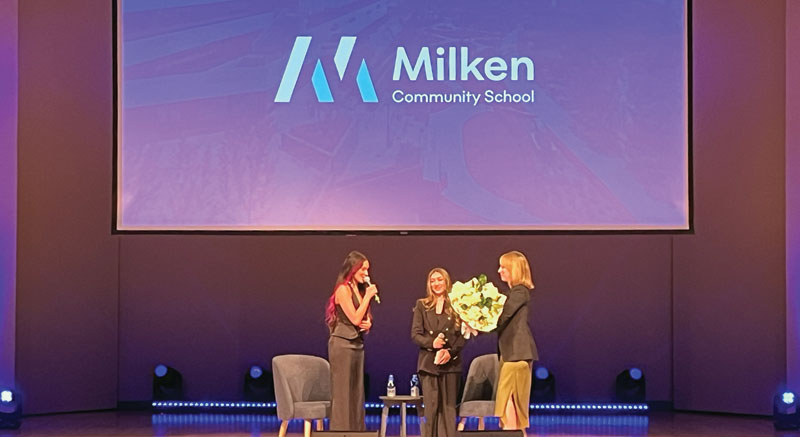
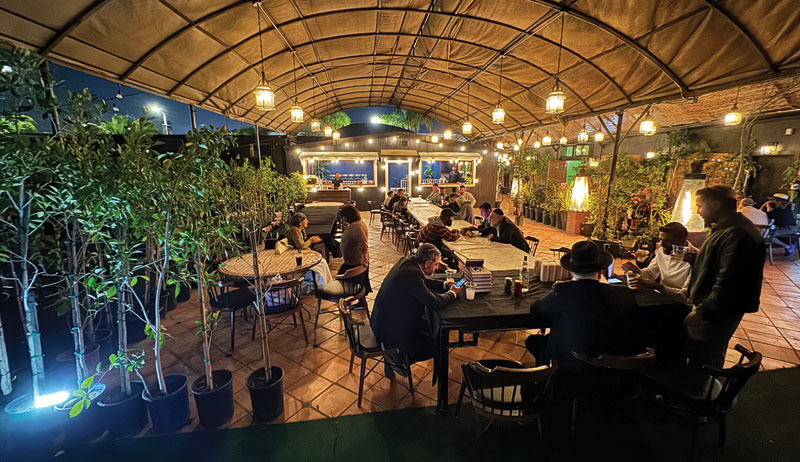
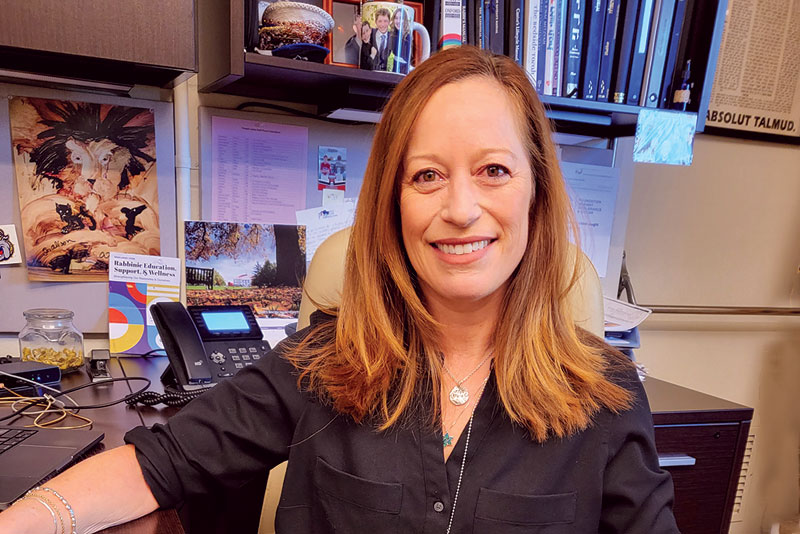
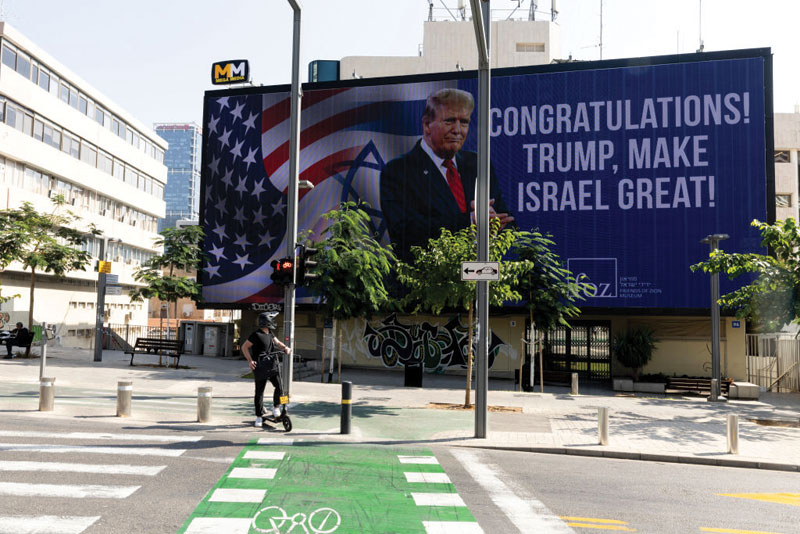
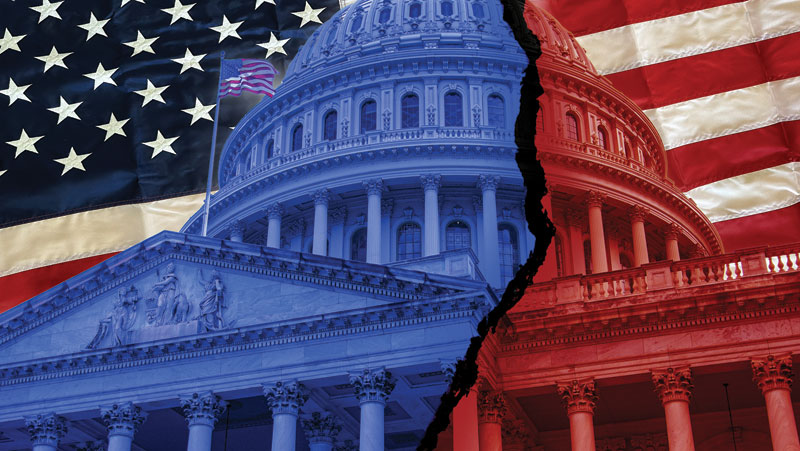
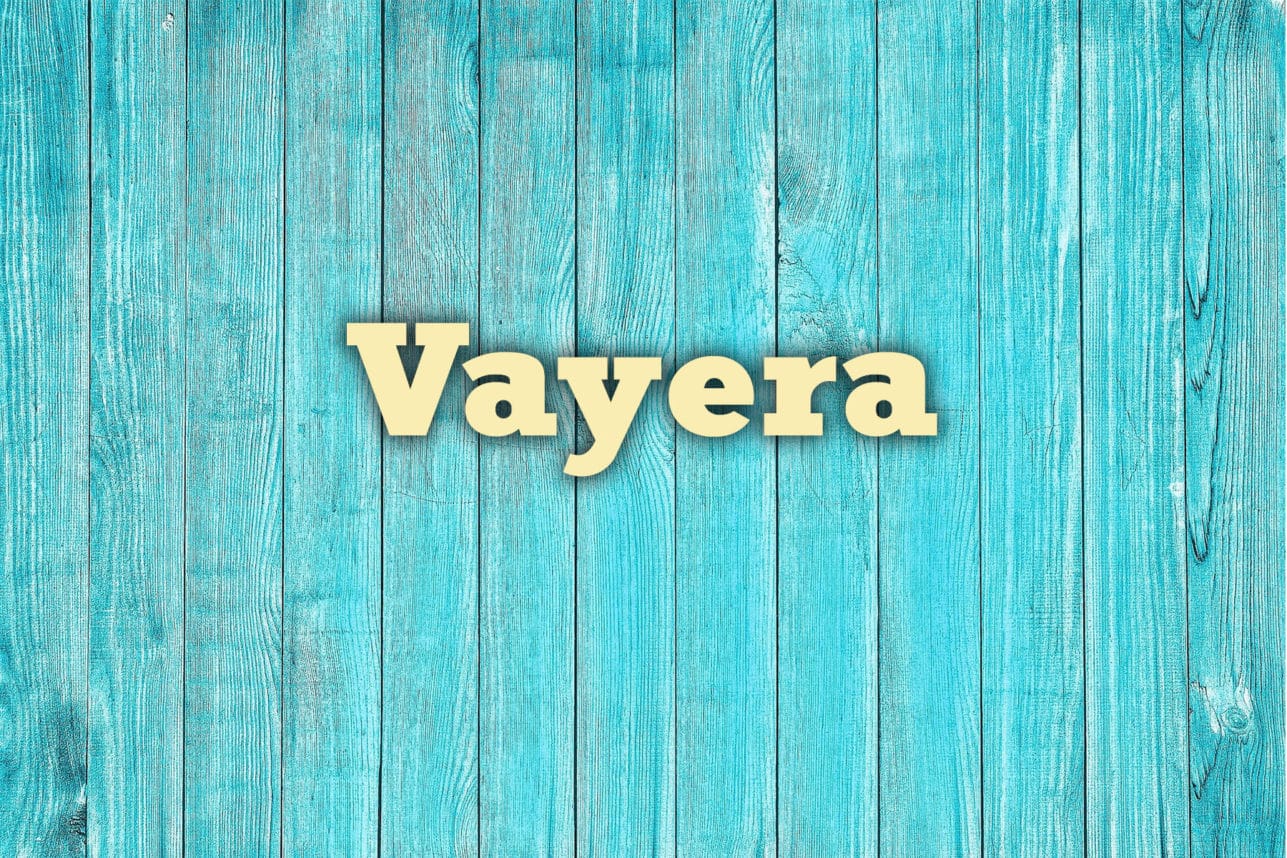
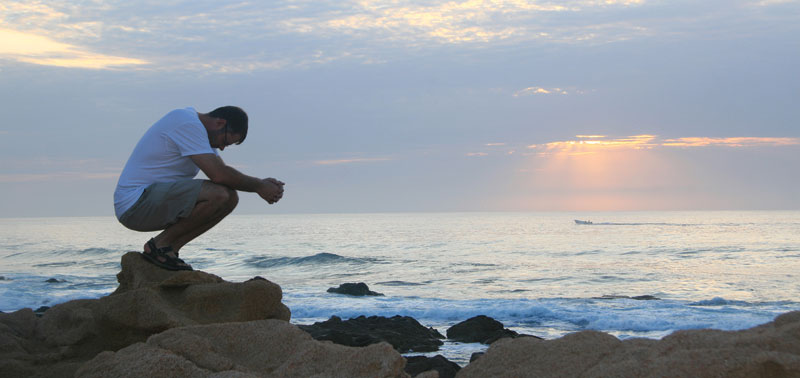

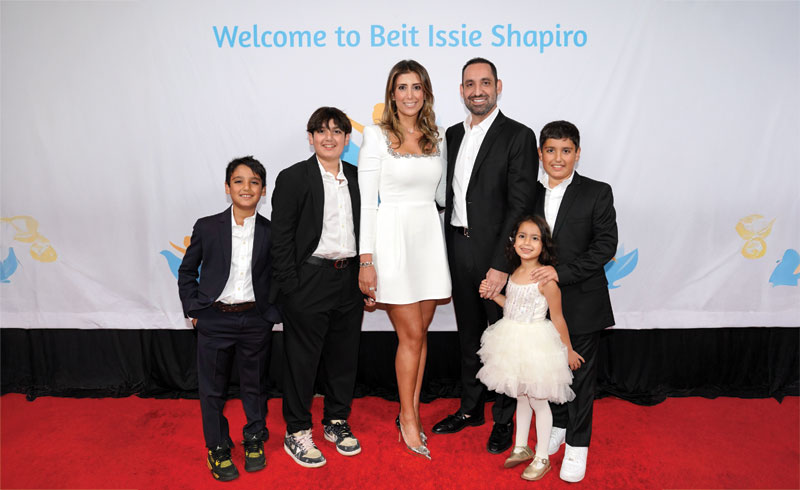
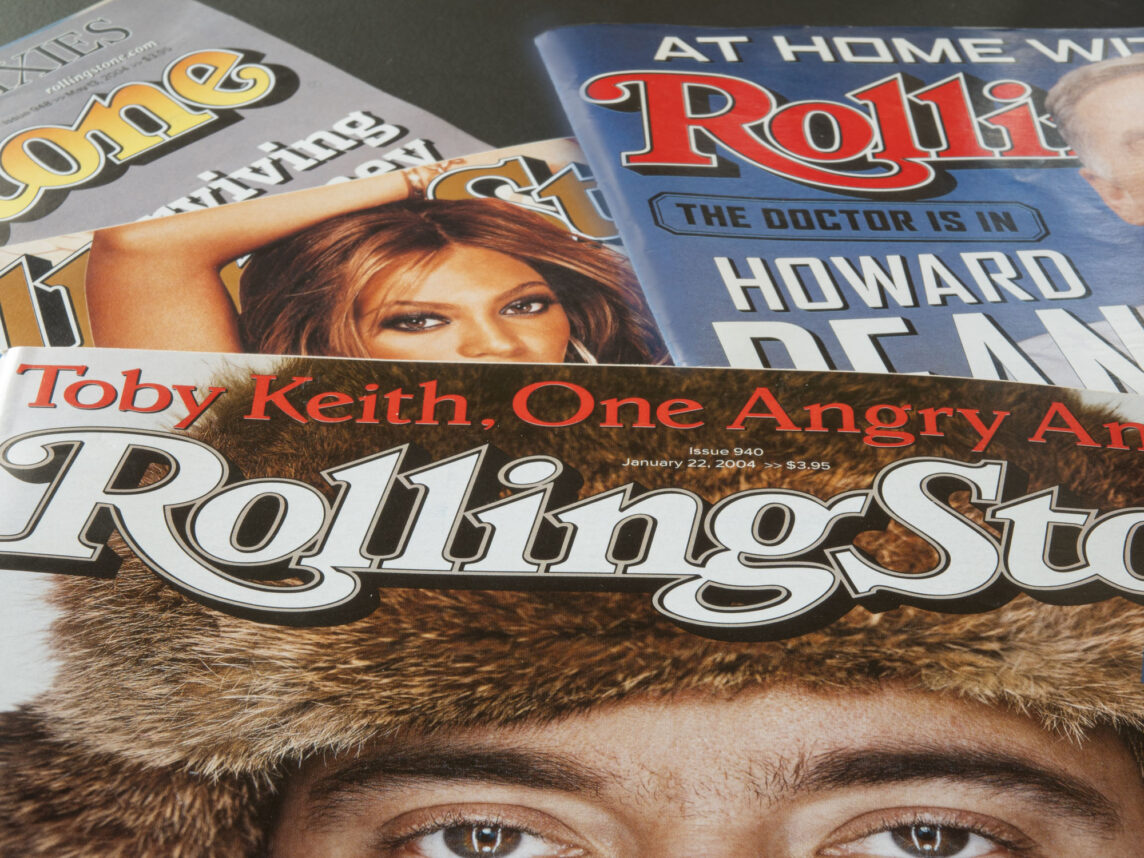
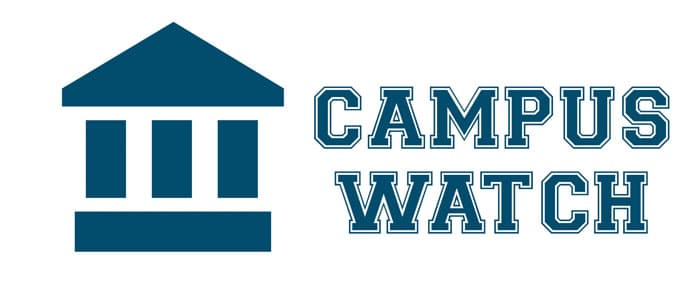




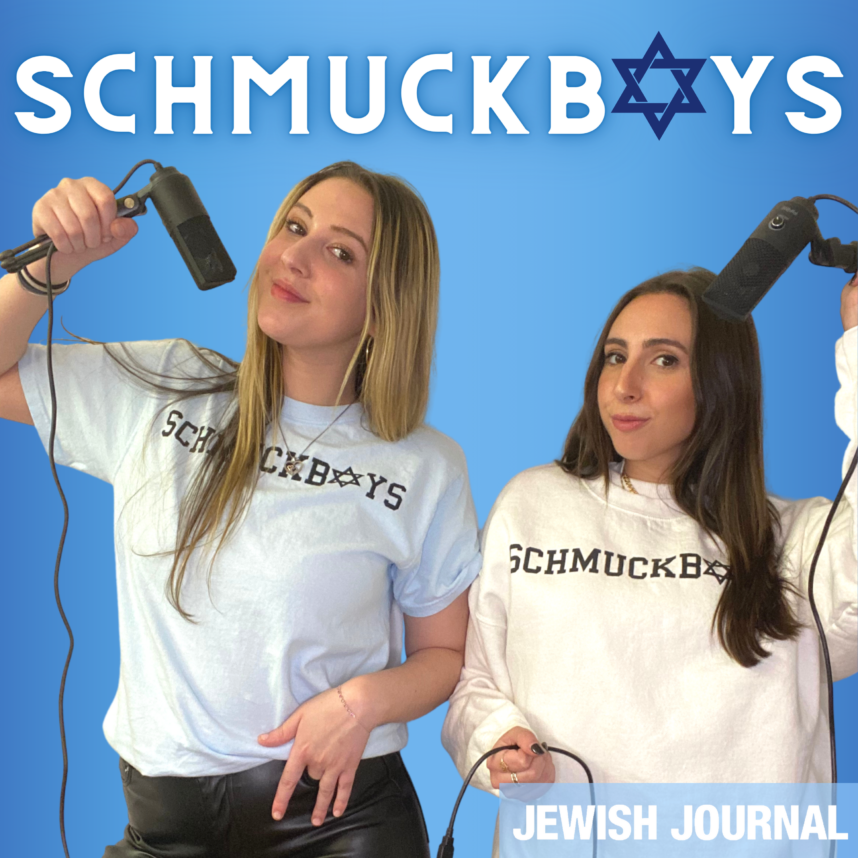
 More news and opinions than at a Shabbat dinner, right in your inbox.
More news and opinions than at a Shabbat dinner, right in your inbox.